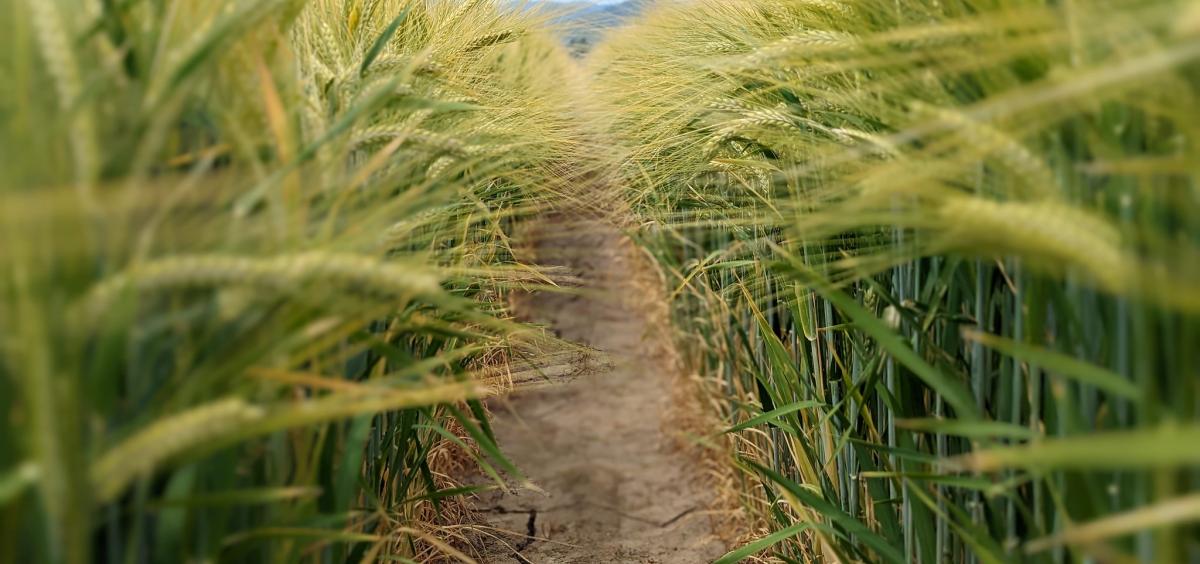
CORVALLIS, Ore. – Oregon State University will use a $3.5 million grant to lead a multi-state effort focused on developing new varieties of naked or hulless barley that appeal to chefs, brewers, distillers and farmers.
Most barley has a tough, unpalatable outer hull around the barley kernel that must be removed before the barley can be eaten. This process strips away most of the micronutrients and means it can no longer be called a whole grain.
Naked barley has a hull that is so loose that it usually falls off during harvesting, similar to wheat, which means it retains desirable health characteristics and whole grain status.
“Interest in naked barley is increasing, particularly because of the health benefits,” said Brigid Meints, a barley breeder at Oregon State and project director of the grant. “The problem is, compared to crops like wheat or rice or corn, naked barley has been understudied.
“We are working to develop tools so that those interested in using naked barley, like bakers, chefs, brewers and distillers, have what they need to make consistent, high-quality products.”
About 75% of barley grown around the world is used for animal feed. It is also malted, used by brewers and distillers and incorporated into baked goods, porridges, grits and cereals.
Oregon State researchers have now received $10 million in the past six years from the U.S. Department of Agriculture’s National Institute of Food and Agriculture, through its Organic Agriculture Research and Extension Initiative, to develop organic naked barley varieties.
With the new $3.5 million grant, Oregon State researchers are working with partners in Oregon, California, Wisconsin, Minnesota and New York to develop high-yielding, flavorful and nutritious naked barley varieties suitable for growing in those locations.
They will also:
Partners in the project are located at the University of Wisconsin-Madison; University of California, Davis; University of Minnesota; Cornell University; Artisan Grain Collective in Chicago; and Glynwood Center for Regional Food and Farming in Cold Spring, New York.
About the OSU College of Agricultural Sciences: Through its world-class research on agriculture and food systems, natural resource management, rural economic development and human health, the College provides solutions to Oregon’s most pressing challenges and contributes to a sustainable environment and a prosperous future for Oregonians.
Sean Nealon, 541-737-0787, [email protected]
Brigid Meints, [email protected]
Click photos to see a full-size version. Right click and save image to download.